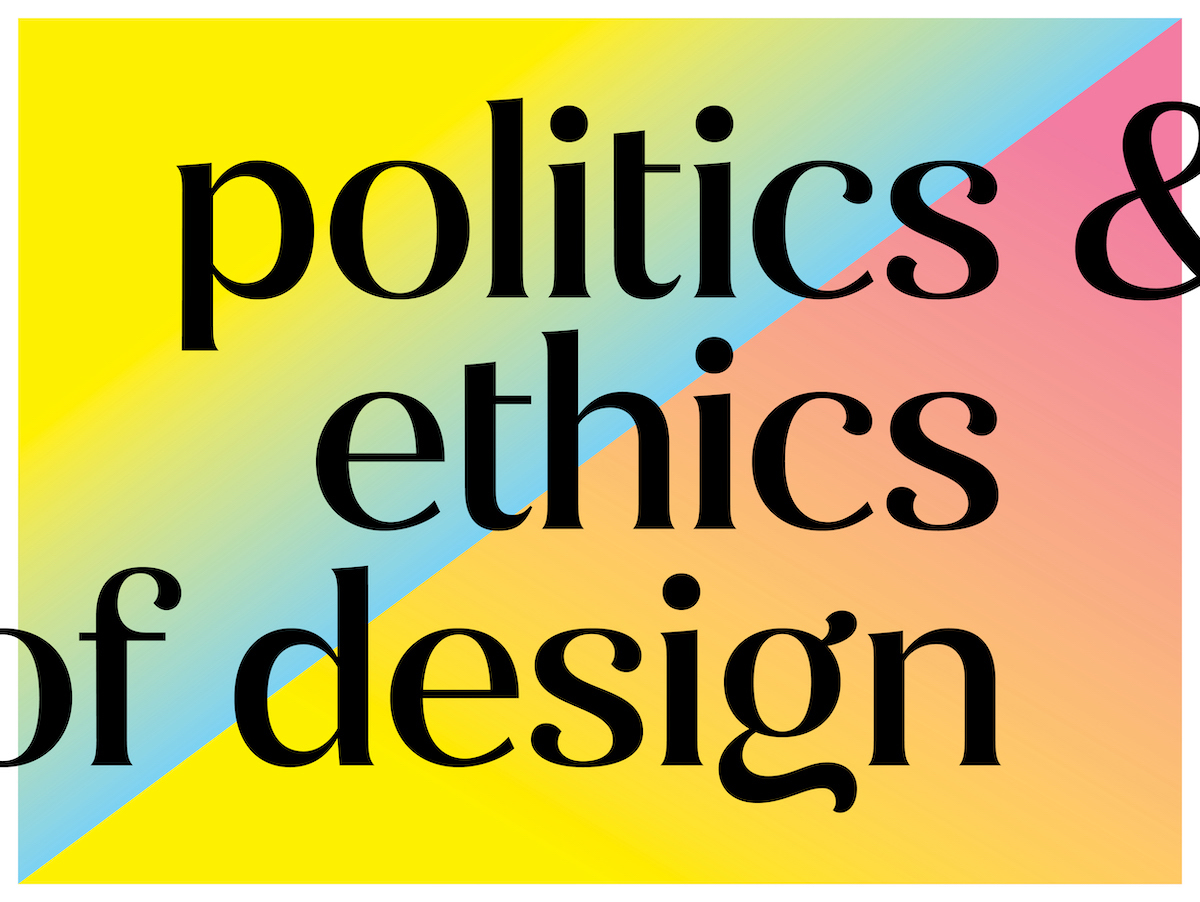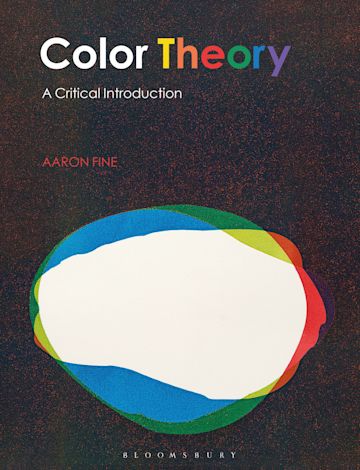Becky Nasadowski
Assistant Professor
University of Tennessee at Chattanooga
In recent years, many universities have embraced “diversity” with oblique statements of support. Related, design educators have rightfully sought strategies for inclusive pedagogy, increasing representation and working toward ensuring the classroom is comfortable. But inclusive is not synonymous with anti-racist, which requires antagonism and a reckoning with the pervasive inequities baked into our different fields and methods, the university, and our social relationships and histories.
In this presentation, I will provide an overview of my studio-seminar course Politics and Ethics of Design, where a feminist base motivates us to engage questions around power relations, knowledge production, and systems of violence. A substantial reading list frames sustained conversations on the politics of race, class, and gender as it relates to the field of design, creating a critical foundation for design practice. Select topics include data feminism and counter cartography, the designer’s role in constructing notions of citizenship, the limits of empathy in design thinking, and the neoliberal entanglement of work and passion.
By providing an anchor through reading and conversation, I ask design students to consider in their studio practice urgent questions: How do we respond to historical omissions? How do we interface with social movements? How do we act with an awareness of history that complicates liberal concepts of empathy as paramount? If we want students to engage power and sincerely explore what an anti-racist practice and education look like, then we need to fully engage in how design has traditionally played—and continues to play—a role in bolstering social inequity.
This design research was presented at Design Incubation Colloquium 9.2: Annual CAA Conference 2023 (Virtual) on Saturday, February 18, 2023.

